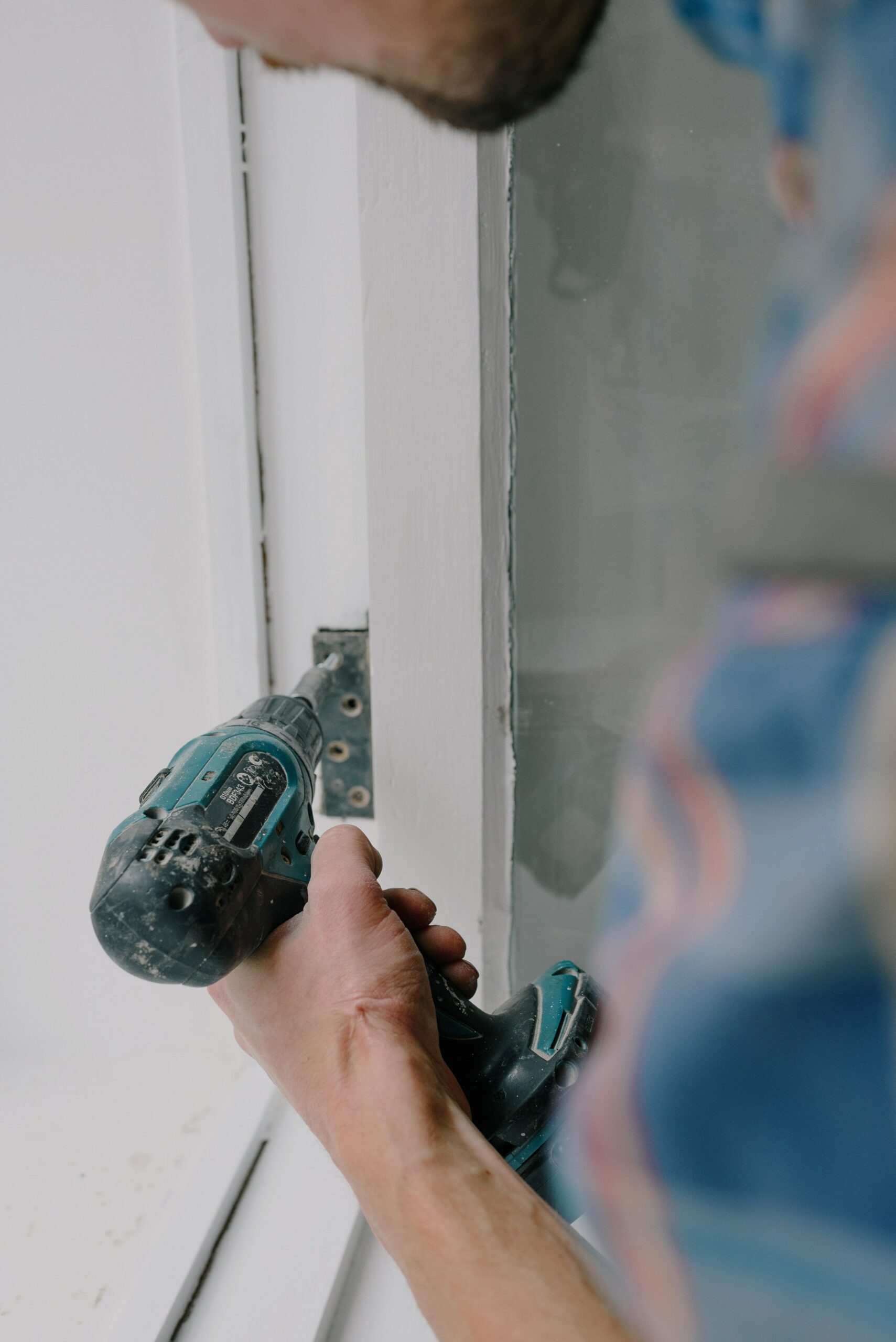Hey y’all, it’s Joe here and I’ve got a funny story to share with y’all about drilling into a stud.
So, I was trying to hang up a fancy new mirror in my bathroom and I thought to myself, “Self, why not just drill right into that stud?” Boy, was I wrong.
Long story short, I ended up cracking the stud and having to replace it. Not only did it set me back a pretty penny, but it also made me look like a fool in front of my handyman.
But, the real question is, does drilling into a stud weaken it? Well, let’s dive into that topic in more detail.
Drilling into a stud can weaken it, but it depends on the size and location of the hole and the amount of weight placed on it.
Table of Contents
The Science Behind It
Studs are typically made of wood and are used to support the weight of the walls and ceilings in a house. When you drill into a stud, you’re essentially creating a hole in the wood which can weaken it.
However, the extent of the weakening depends on a few factors. The size of the hole, the location of the hole, and the amount of weight placed on the stud all play a role in how much the stud is weakened.
Size of the Hole
The bigger the hole, the more wood is removed and the weaker the stud becomes.
A small hole, like the one made for a nail or screw, won’t weaken the stud as much as a larger hole made for a bigger screw or bolt.
Location of the Hole
The location of the hole also plays a role in how much the stud is weakened. If the hole is drilled near the top or bottom of the stud, it will weaken the stud more than if it were drilled in the middle.
Amount of Weight Placed on the Stud
The amount of weight placed on the stud also affects how much the stud is weakened. A heavy object hanging on a stud will put more stress on the stud and weaken it more than a lighter object.
When Drilling is a No-No
So, when should you avoid drilling into a stud?
- If you’re hanging something extremely heavy, like a grand piano or a safe, it’s best to avoid drilling into a stud and instead use a different method of hanging it.
- If the stud is already weakened or damaged, drilling into it will only make the problem worse.
- If you’re planning on drilling multiple holes close together, it’s best to avoid it as it will weaken the stud even more.
FAQ
Q: Can I drill into a metal stud?
A: Sure, you can drill into a metal stud but it’s not as common as drilling into wood studs. Metal studs are typically used in commercial construction and are not as prevalent in residential construction.
Q: Can I fix a weakened stud by adding more screws or nails?
A: No, adding more screws or nails won’t fix a weakened stud. The best solution is to replace the damaged stud with a new one.
Q: How do I know if a stud is weakened?
A: A weakened stud may show signs of cracking or bowing, or it may feel soft or spongy when you knock on it. It’s best to hire a professional to inspect it if you suspect a stud is weakened.
The Bottom Line, Y’all
Drilling into a stud can weaken it, but it depends on the size and location of the hole and the amount of weight placed on it.
If you’re planning on hanging something heavy, or if the stud is already damaged, it’s best to avoid drilling into it and instead use a different method of hanging it.
And, if you’re like me and you end up cracking a stud, don’t be too hard on yourself.
We’ve all been there. Just make sure to get it fixed by a pro and learn from your mistakes.
